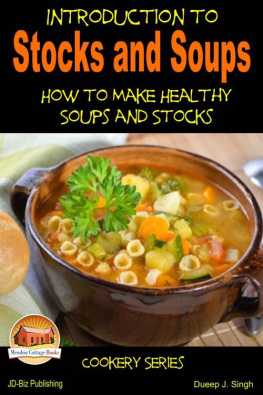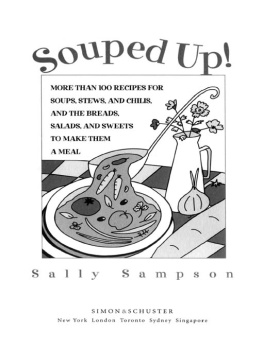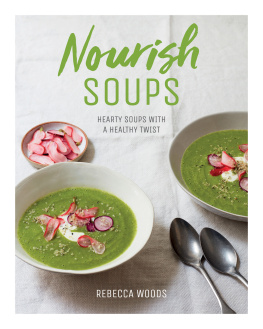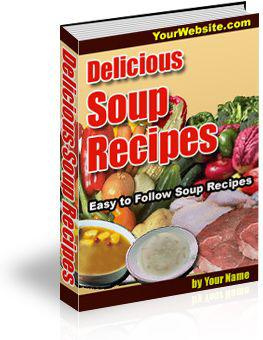Dueep J. Singh
No part of this publication may be reproduced in any form or by any means, including scanning, photocopying, or otherwise without prior written permission from JD-Biz Corp Copyright 2014
All Images Licensed by Fotolia and 123RF.
The information is this book is provided for informational purposes only. It is not intended to be used and medical advice or a substitute for proper medical treatment by a qualified health care provider. The information is believed to be accurate as presented based on research by the author.
The contents have not been evaluated by the U.S. Food and Drug Administration or any other Government or Health Organization and the contents in this book are not to be used to treat cure or prevent disease.
The author or publisher is not responsible for the use or safety of any diet, procedure or treatment mentioned in this book. The author or publisher is not responsible for errors or omissions that may exist.
The Book is for informational purposes only and before taking on any diet, treatment or medical procedure, it is recommended to consult with your primary health care provider.
Introduction
Nobody knows when human beings began to make stocks and soups from meat and vegetables. This secret is lost in the mist of the ages. Stock is a liquid which is obtained when you boil vegetable or meat over heat for a long time.
This is going to contain some of the most important and soluble nutrients and flavoring constituents of the foods which have undergone the boiling process. These nutrients have been extracted by prolonged and gentle simmering.

Such a liquid is the foundation of soups, sauces and gravies in cuisines all over the world. The ancient Romans regarded a really good cook as a pearl beyond compare. Only he knew all about the herbs and spices which he was going to use in making a stock which would be then be used to make a gravy on which emperors would dine.
So is it a wonder that the first part of learning cookery is to know how to make a good stock.
The method of preparation is based upon the solvent action of the water and the prolonged application of moderate and moist heat. The gelatinous, lean and muscular tissue parts of the meat with a certain proportion of bone are most suitable to make the stock.
In ancient times, people who could not afford better cuts of meat, which went to the rich had to make do with the leftovers which were bones and pieces of lean meat. So it is natural that they tried to make these pieces very tasty by first boiling them in water. Then they added some herbs and some vegetables and then they added any available in gradient which could add to the rich flavor and aroma of something being cooked slowly on a fire.
Lo and behold, the first stock was made with the slow simmering of all these ingredients mixed together.
The importance of soup all over the world, especially in folklore cannot be disregarded. You may want to enjoy the traditional stories here about soup, from different parts of the world.
http://www.pitt.edu/~dash/type1548.html#stonesoup
Herbs and spices are not generally used for meat stock, nowadays though they were used in ancient times. Also, today they are added with discretion in fish and vegetable stocks, but like I said, in ancient times, everything went into the cooking pot and was stewed for a long time, before fed to a hungry family.
The vegetables should be fresh, not necessarily young and expensive and the trimmings and coarse stalks can be utilized. Ages ago, the food gatherer went hunting for roots, edible vegetables and other greens in the woods, and all of them were added to the cooking pot. Each portion of the plant including roots, shoots, and leaves, stems, flowers and bark if edible were utilized.
The vegetables generally used for making stock are carrots, onions, turnip and celery. Make sure that no flavor predominates. Turnip and celery, if it is old is particularly strong and should not be used in large quantities.
Vegetables are very absorbent of meaty flavors. That is why they should not remain too long in the stock while it is cooking. This is the same reason why cooks do not let them steep for long in the stock, after the stock has been removed from the fire.
Leaving the vegetables in the stock in hot weather is going to cause fermentation that is why in very hot weather and in temperate climates, traditional cooks never used vegetables in making stock.
What Goes in the Stockpot

Nowadays we just put all the stock ingredients in one huge saucepan, and allow to simmer on heat for a couple of hours. Some stocks are made for special purposes. However, general household stock was once always available as it was an everyday requirement in a household where food was needed at all hours of the day.
A large household was always full of members who needed something to eat at all hours and their hunger could be assuaged with some soup and some bread, until lunch or dinner time. Even though this is not the case, nowadays in many parts of the world, where we have small families, the tradition of making stock is not going to fade away into oblivion anytime soon.
A well-organized cooking should have a good household stockpot in which you can put odds and ends from the larder, scraps and trimmings from poultry and meat, cooked and uncooked pieces of meat, giblets and pieces of fresh vegetable as and when necessary.
Remember that everything should be perfectly fresh and free from the slightest suspicion of staleness. In olden times, when vegetables and meat was not so plentiful, they did not bother much about freshness and allowed the continuous stewing to get rid of the food poisoning causing bacteria, if any. Nevertheless, there were plenty of cases of food poisoning, with the cooked blamed everything except the ingredients in his stockpot .

The things which are not going to go into your stockpot are fatty items, cabbage, cooked vegetables, and any starchy materials such as thickened sauces, bread, etc., which are going to make your stock cloudy.
For a small family, the fireproof earthenware stockpot/Marmite which is glazed inside is excellent for making stock. This is going to be a non-absorbent thanks to the glaze. The lid prevents evaporation. It is also easy to clean and requires little fuel to keep the stock contents at simmering point.
In places where stock is made constantly and in a larger quantity, a metal stockpot with that and fitted inside with a strainer is very satisfactory. This is good enough for hotels
Absolute cleanliness of the utensil is essential, especially if it is used daily. You need to clean it meticulously after every use. Even a little bit of food sticking to the stockpot, and getting stale overnight can cause possible food poisoning.














